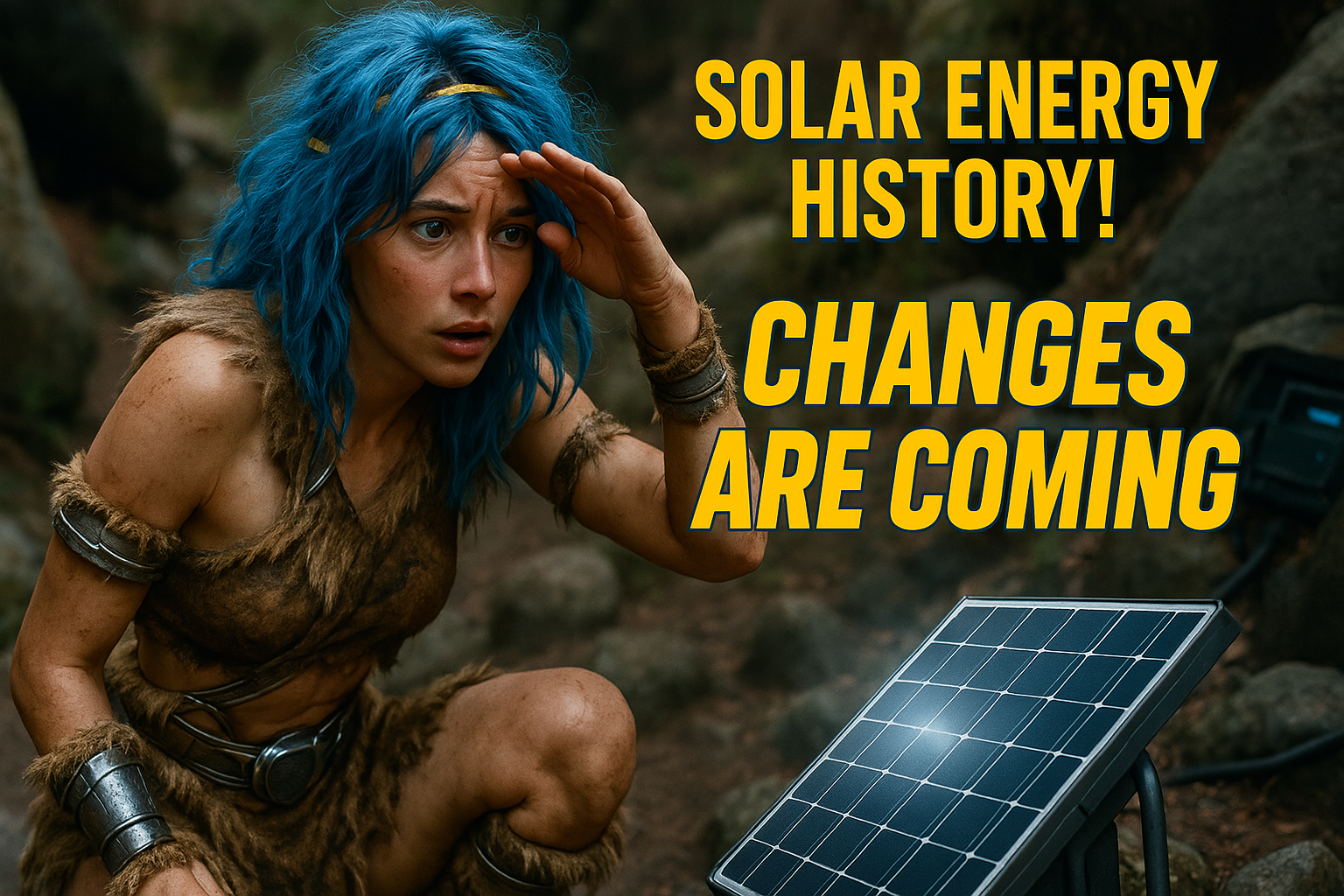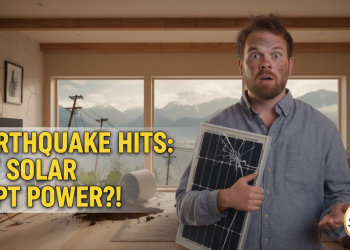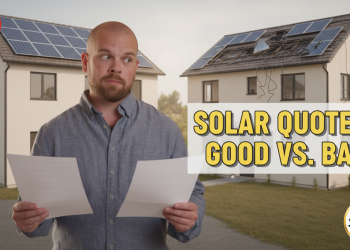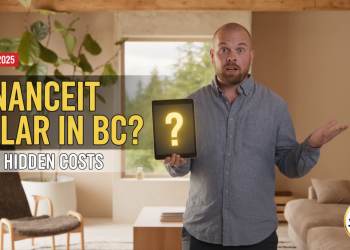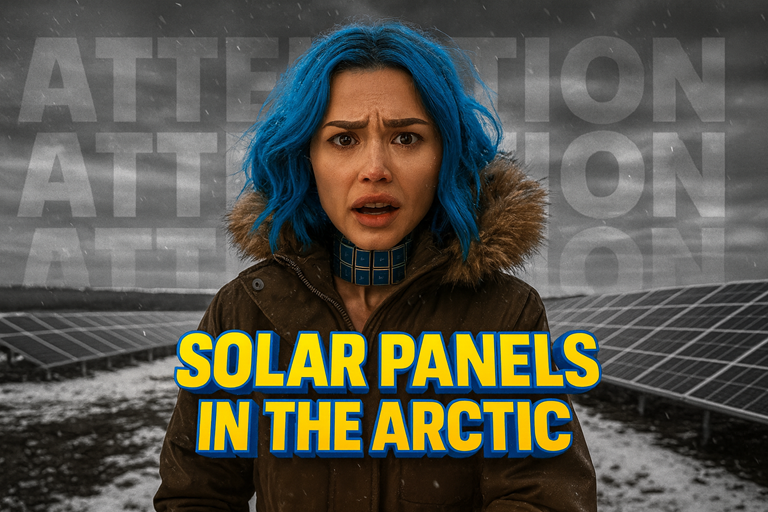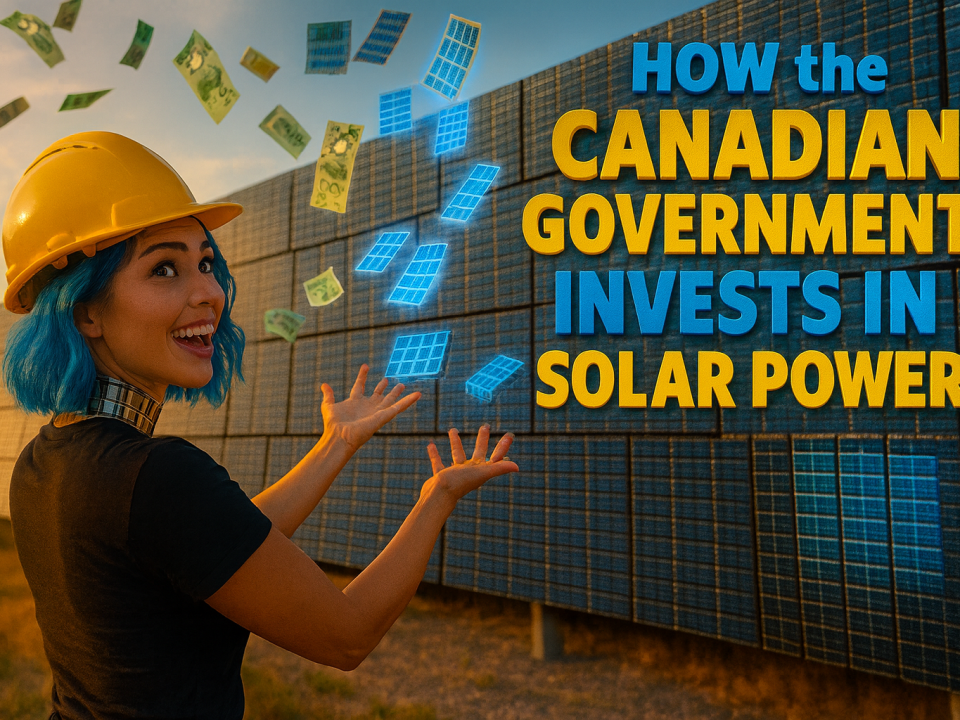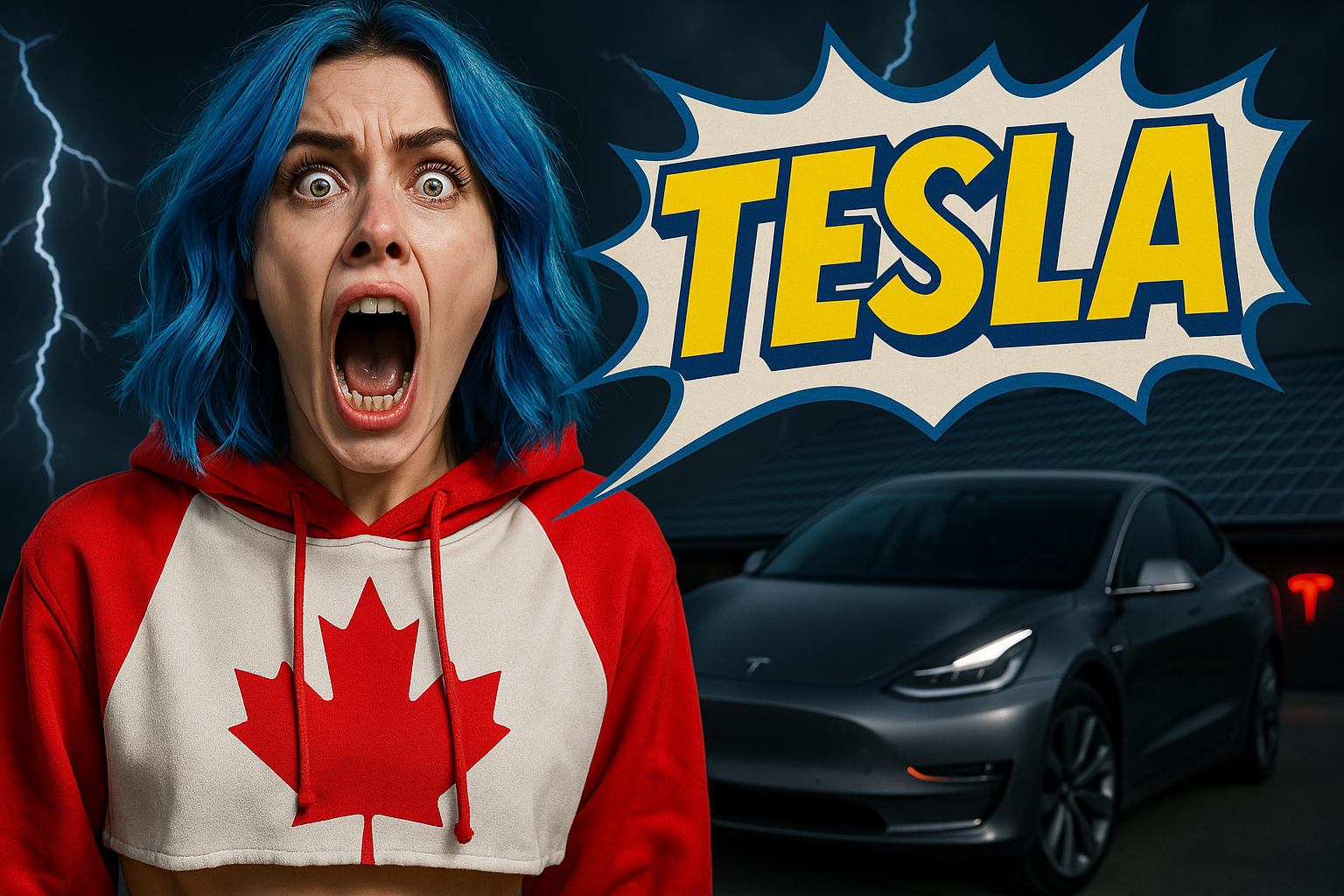
Tesla Solar Roof and Powerwall in Canada: What’s Really Going On?
April 10, 2025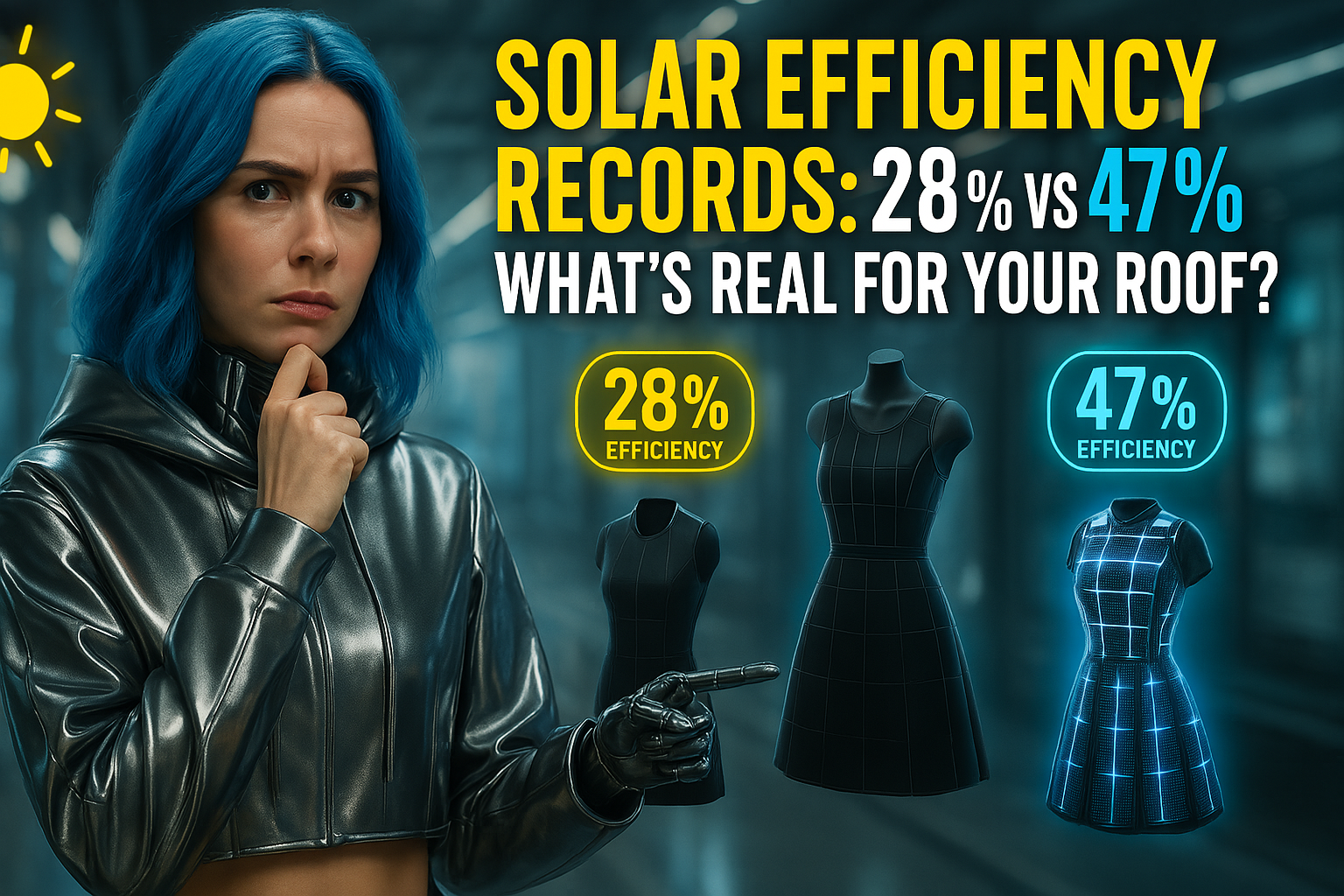
CBTSSe & III-V Panels: The Future of Solar, or Just Lab Talk?
April 11, 2025Alright, let’s talk solar energy history, especially how things have really taken off in the last quarter-century. I’m Vitaliy Lano from SolarEnergies.ca – you know, where Canada goes Solar! With over a dozen years in home improvement and sustainable living under my belt, I’ve seen firsthand how solar has gone from a fringe idea to a practical choice for many Canadians. My goal here isn’t to sell you anything, just to give you the straight goods on solar, drawing from what we know about its past to understand where we are today and where we’re headed. No fluff, just the facts.
History of Solar Energy: How the Last 25 Years Changed Everything
Thinking about solar energy isn’t new. Way back, people were pretty smart about using the sun, even without fancy tech. Ancient Greeks and Romans designed buildings to catch winter sun and block summer heat. They even had ‘solar access laws’ in Rome to make sure no one blocked their neighbor’s sunlight! Seems basic, but it shows people valued the sun’s energy even then.
Early Sparks: Getting Scientific with Sunlight
Fast forward a bit. Scientists started really digging into how solar power worked. Back in 1767, a Swiss scientist, Horace-Bénédict de Saussure, built what was basically the first solar collector – a ‘hot box’ that could get hot enough to cook fruit just using sunlight trapped under glass. Pretty neat for the 1700s! Then, in the 1800s, folks like Augustin Mouchot in France tried building solar-powered steam engines. Imagine that! But coal was cheap and easy then, so solar engines didn’t really take off. Around the same time, a huge discovery happened: the photovoltaic effect. In 1839, Edmond Becquerel found that light could create electricity directly. This was the key idea behind today’s solar panels. Charles Fritts made the first actual solar cell using selenium in 1883, but it wasn’t very efficient – converting less than 1% of sunlight to power. Still, it was a start!
The 20th Century: Silicon, Space, and a Wake-Up Call
The real game-changer came in 1954 at Bell Labs. Three researchers – Chapin, Fuller, and Pearson – created the first practical silicon solar cell. This one was way better, converting about 4-6% of sunlight into electricity, enough to power small devices. It was big news! But there was a catch: these cells were incredibly expensive to make. So, who needed reliable, lightweight power, cost be darned? The space race! Satellites needed power, and solar panels were perfect. The US Navy’s Vanguard I satellite in 1958 was the first to use them. The space program essentially kept solar technology alive and pushed it forward when it was too pricey for earthbound uses.
Then came the 1970s oil crises. Suddenly, relying on foreign oil felt risky. People started looking seriously at alternatives, and solar energy got its first real taste of public attention and government funding. It wasn’t just for space anymore; it was seen as a way to gain energy independence. Tax credits and research programs popped up. Though interest waned a bit when oil prices stabilized, the seed was planted: solar could be a real player.
The Last 25 Years: Solar Hits the Accelerator (1995-Present)
Okay, now we get to the really transformative period. Since the mid-90s, solar energy, especially photovoltaic (PV) panels, has exploded onto the scene. What changed? A few key things came together.
Technology Gets Better and Cheaper – A Lot Cheaper
The basic silicon solar panel got steadily better. Efficiency crept up, meaning panels could generate more power from the same amount of sunlight. Think efficiencies going from the low teens to often over 20% for standard home panels today. Researchers are always pushing for more, experimenting with new materials like perovskites that promise even higher efficiencies down the road.
But the absolute biggest factor? Cost. Manufacturing got way, way smarter and bigger, especially with massive production increases, largely in China. Think assembly lines churning out panels like never before. Competition got fierce. The result? The price of solar panels absolutely plummeted.
Let me put it this way: back in the day, solar cost hundreds of dollars per watt. Now? It’s often well under a dollar per watt for the panels themselves. This cost drop is staggering. It’s the main reason solar went from a niche, expensive option to something that makes solid financial sense for homeowners and big power companies alike in many places.
Tip for Understanding Solar Costs: When you see solar prices, they’re often given in ‘dollars per watt’ ($/W). This helps compare systems of different sizes. Remember the total installed cost includes panels, inverters, mounting, wiring, labor, permits, etc., not just the panel price. But that massive drop in panel cost has driven down the total cost significantly.
This cost revolution fueled incredible growth. Global installed solar capacity was maybe 1 gigawatt (GW) around 1999. By 2016, it was 300 GW, and now we’re talking terawatts (TW) – that’s thousands of gigawatts! It’s one of the fastest-growing energy sources globally.
Why Now? Policy, Planet, and Pocketbooks
Why did this explosion happen now? It wasn’t just cheap panels.
- Government Policies: Many countries realized solar’s potential and put policies in place to help it grow. Things like feed-in tariffs (paying a set rate for solar power sent to the grid), tax credits (like the ones we see here in Canada sometimes), and rules requiring utilities to use more renewables helped create a market when costs were still higher. These policies weren’t always consistent, sometimes causing bumps in the road for the industry, but overall, they gave solar a crucial boost.
- Climate Change Awareness: Let’s be frank, concerns about climate change became a major driver. As more people understood the impact of burning fossil fuels, zero-emission solar power looked increasingly attractive. It wasn’t just about saving money or energy independence; it was about choosing a cleaner future. This influenced homeowners, businesses committing to green energy, and government climate goals.
- Economic Sense: Because costs dropped so much, solar started competing head-to-head with traditional power sources like coal and natural gas purely on price in many regions. You didn’t need subsidies anymore for solar to be the cheapest option in some cases. This turned it from a ‘nice-to-have’ green choice into a serious economic contender.
Public opinion generally swung positive, too. Solar felt modern, clean, and something individuals could even participate in with rooftop systems. Sure, there have been debates about land use for huge solar farms or how grid connections are handled, but the overall trend has been towards acceptance and enthusiasm.
Vitaliy’s Experience: I remember installing some of my first home solar systems maybe 10-12 years ago. The conversation then was often about the environmental benefits first, and the payback period was quite long. Homeowners were real early adopters, passionate about sustainability. Now? People still care about the environment, absolutely, but the financial conversation is front and center. They ask sharp questions about return on investment, comparing quotes, understanding how incentives work. The fact that it makes solid economic sense for many households now has really opened the floodgates.
Solar Goes Global: Impacts and Hurdles
This solar boom isn’t just a North American or European thing; it’s worldwide. China became a manufacturing powerhouse and the biggest installer. Developing countries are jumping in, using solar to meet growing energy needs and even bring power to remote areas for the first time.
This has created jobs globally – making panels, installing them, selling systems, maintaining them. And every solar panel generating clean electricity is displacing power that might have come from fossil fuels, which helps cut greenhouse gas emissions and clean up the air.
But rapid growth brings challenges:
- Grid Integration: Solar power isn’t like a traditional power plant you can just switch on or off. It depends on the sun. Grids need to get smarter to handle power coming from thousands of rooftops and large solar farms, especially when the sun isn’t shining. This means upgrades, better forecasting, and maybe changing how we use electricity.
- Energy Storage: This is the big one. What do you do at night or on cloudy days? Batteries. Cost-effective energy storage is key to making solar power reliable 24/7 and allowing even more solar onto the grid. Battery costs are falling too, which is great news, but we need more progress here.
- Equity: We need to make sure everyone benefits from cleaner, cheaper solar power, not just those who can afford the upfront cost. Community solar programs and support for low-income households are important pieces of the puzzle.
Tip for Homeowners: If you’re considering solar, think about energy storage too. Batteries add cost, but they give you backup power during outages and let you use more of your own solar energy, potentially saving more money, especially if your utility has time-of-use electricity rates.
What’s Next? The Solar Future
Solar energy isn’t slowing down. Researchers are working on boosting efficiency further, making panels last longer, and finding better ways to recycle them. Cool ideas like building-integrated PV (solar panels that look like regular roof tiles or windows) and ‘agrivoltaics’ (using land for both solar panels and farming) are being explored.
Solar is seen as absolutely essential for tackling climate change. Most plans for a cleaner energy future rely heavily on massive increases in solar power globally. It’s also a path towards greater energy independence for many countries, reducing reliance on volatile fossil fuel markets.
But getting there means adapting. We need smarter grids, more storage, updated regulations, and trained workers. It might even change how we think about energy – moving from just being consumers to being ‘prosumers’ who generate some of our own power. This shift towards more local, distributed power is pretty profound.
Vitaliy’s Experience: What excites me most now is seeing how integrated solar is becoming. It’s not just panels on a roof anymore. It’s part of planning new energy-efficient homes, it’s linked with electric vehicle charging, it’s paired with batteries for resilience. When I started, it felt like adding something onto the existing system. Now, it feels like building a new, smarter energy system from the ground up, and homeowners are right in the middle of it.
The journey of solar energy, from ancient sun-warmed homes to today’s high-tech panels covering rooftops and fields, is pretty amazing. The last 25 years have been particularly wild, driven by incredible cost drops, technological improvements, policy pushes, and a growing understanding that we need cleaner energy. It shows how technology, economics, and what society wants can come together to create massive change. The sun’s always been there; we’re just getting much, much better at tapping into its power. And that, my friends, is lighting up the path to a very different energy future. Canada goes Solar isn’t just a slogan; it’s happening.
Disclaimer: Information based on sources accessed up to April 10, 2025. Specific costs, policies, and technologies continue to evolve.

